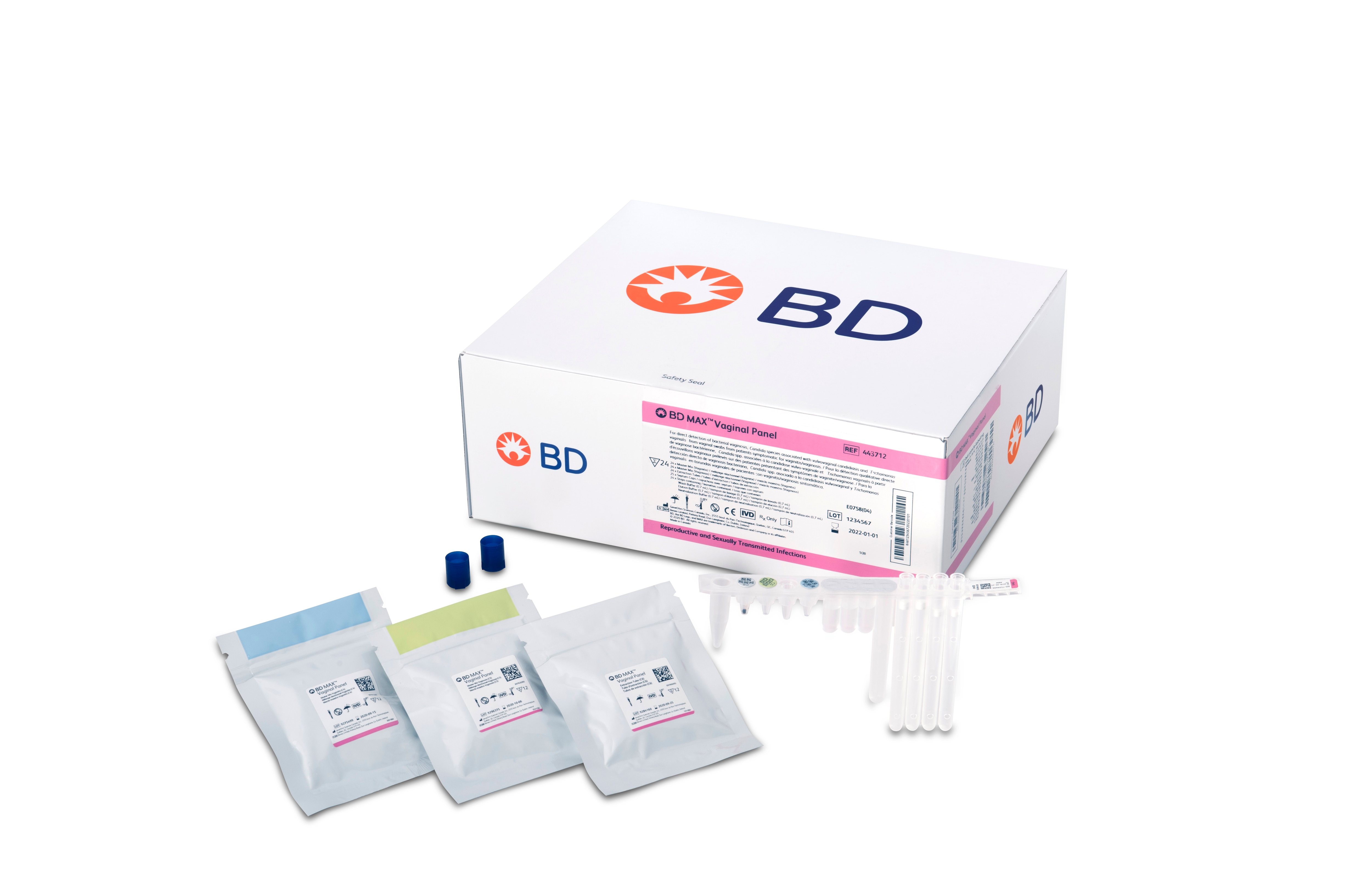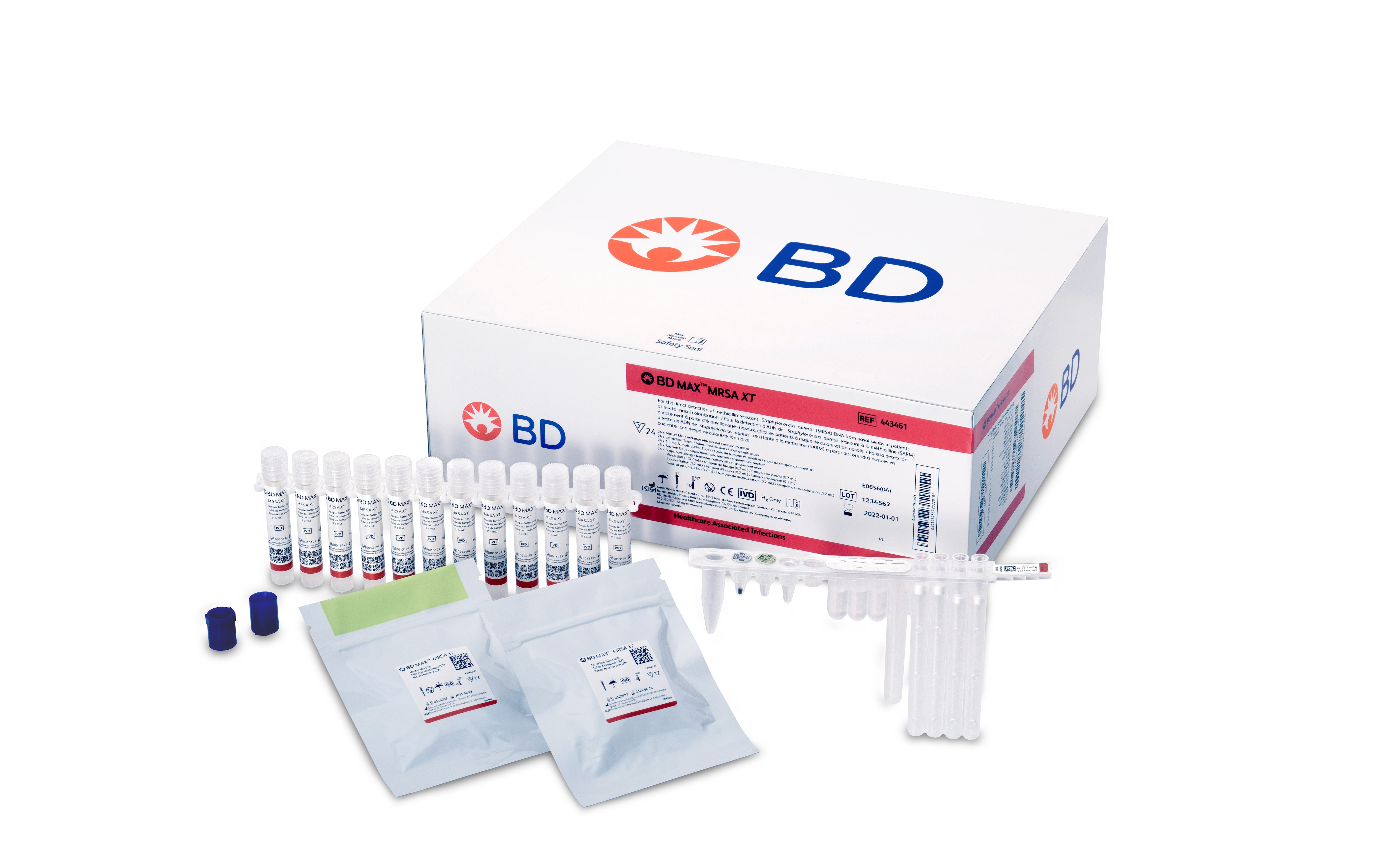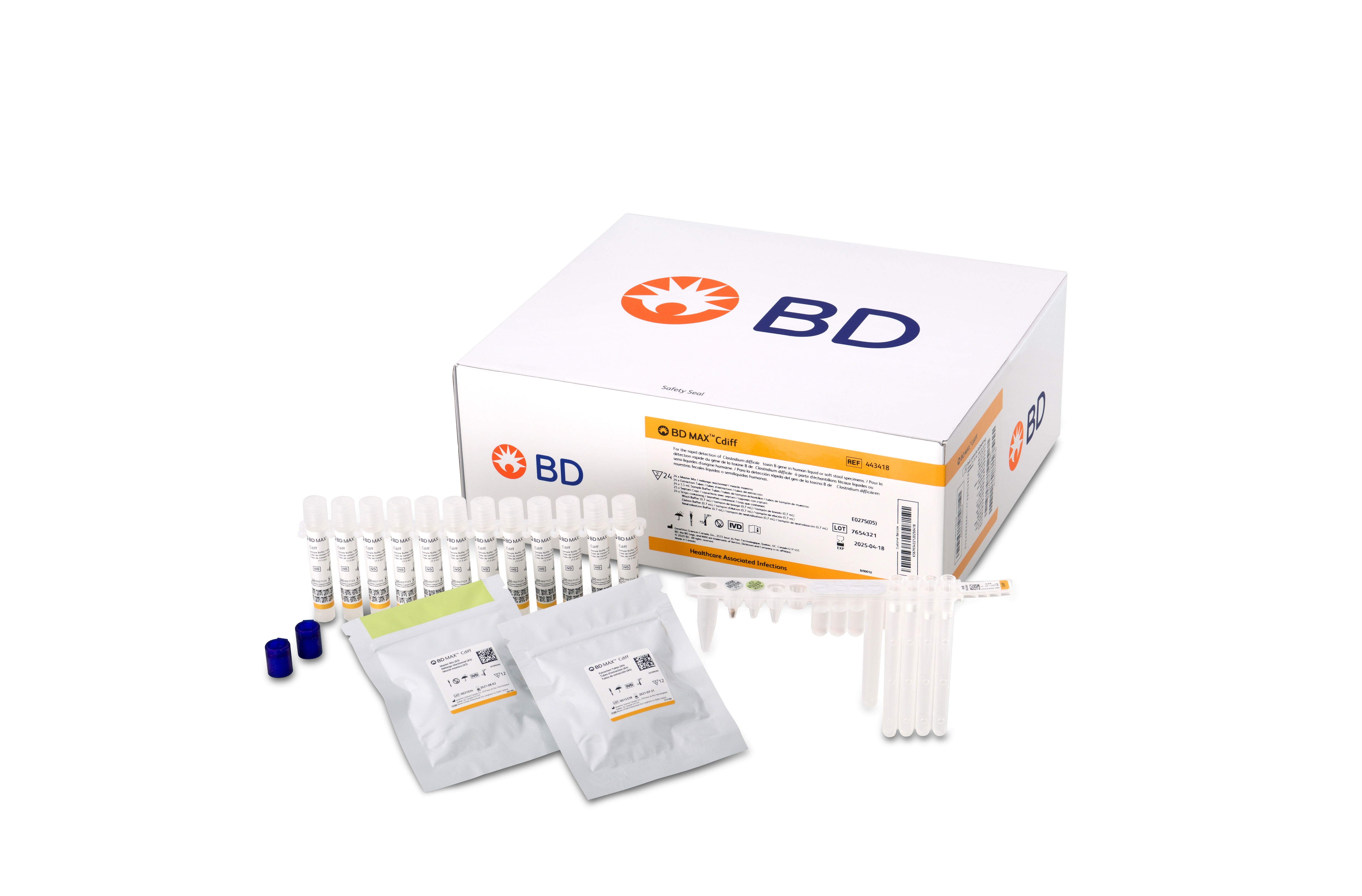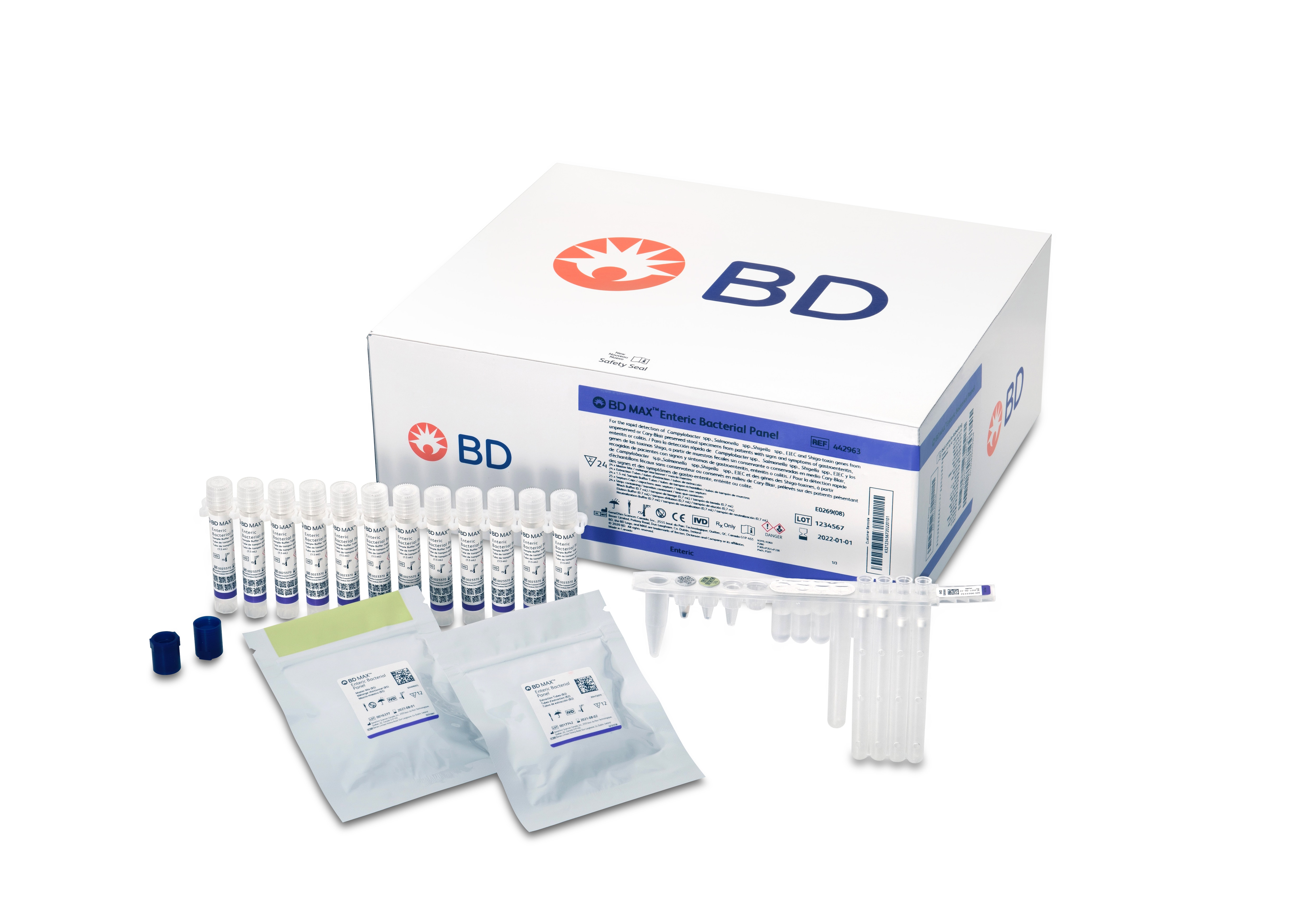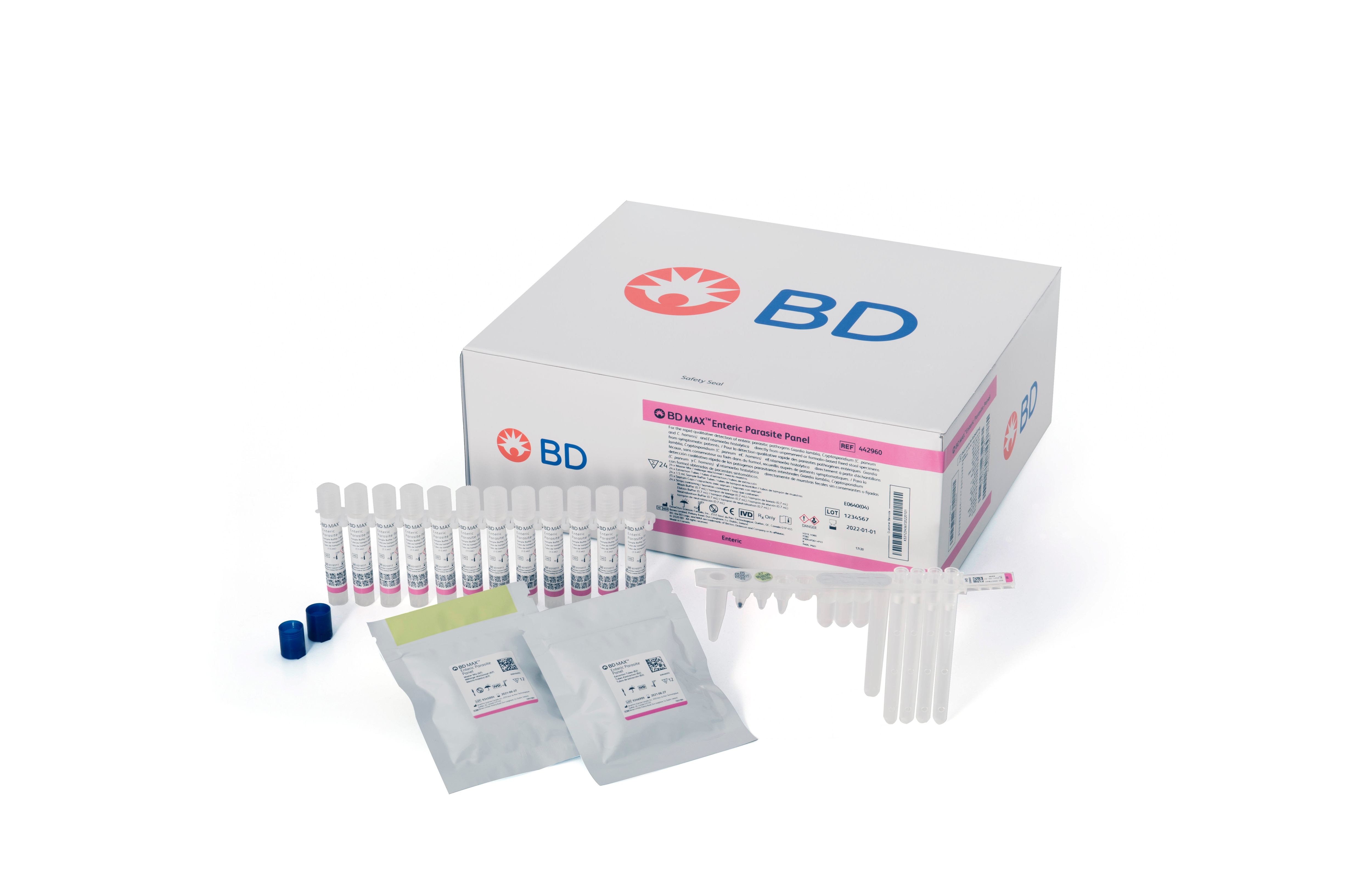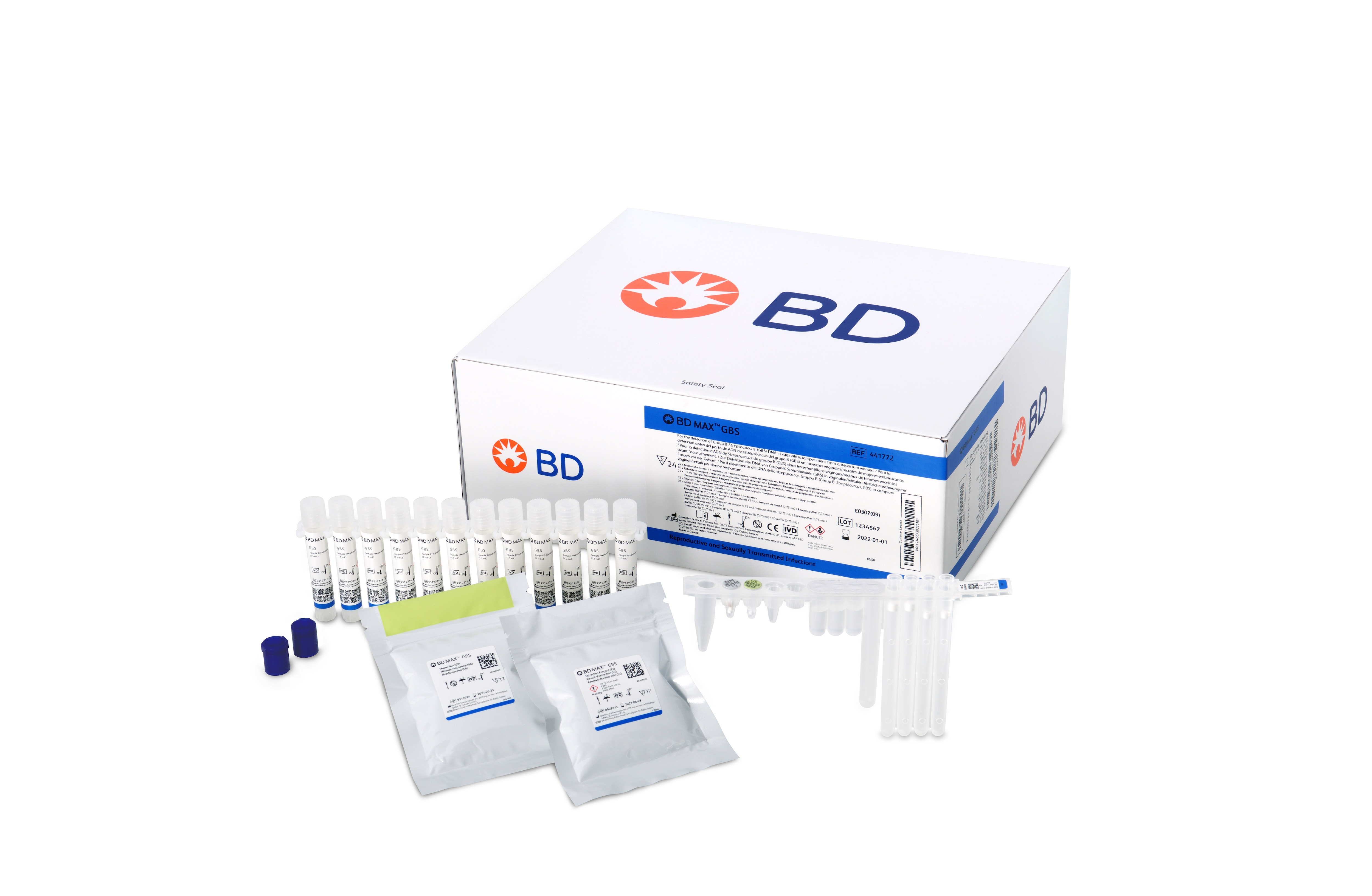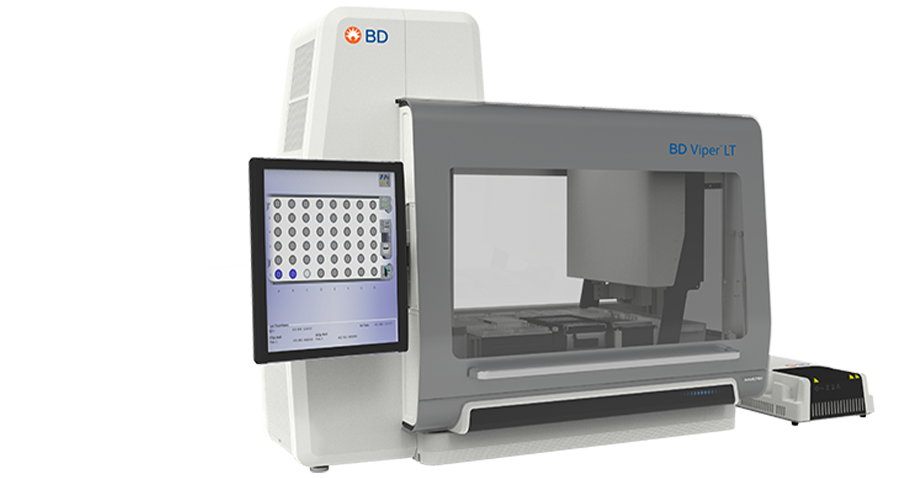Clinical differentiation that matters
SARS-CoV-2, Influenza (flu), and respiratory syncytial virus (RSV) are 3 different viral respiratory infections that often present with overlapping signs and symptoms. Ensuring accurate diagnosis and treatment for these conditions can be extremely difficult without access to testing.32,33
Testing can help better ensure accurate diagnosis and rule out possibilities of co-infection. It may also reduce community transmission, improve disease surveillance efforts, and better inform patient treatment and management decisions. This is especially critical for patients at higher-risk of severe infection such as the elderly, young children, and those with co-infections, or certain pre-existing medical conditions.30,31,34,35


